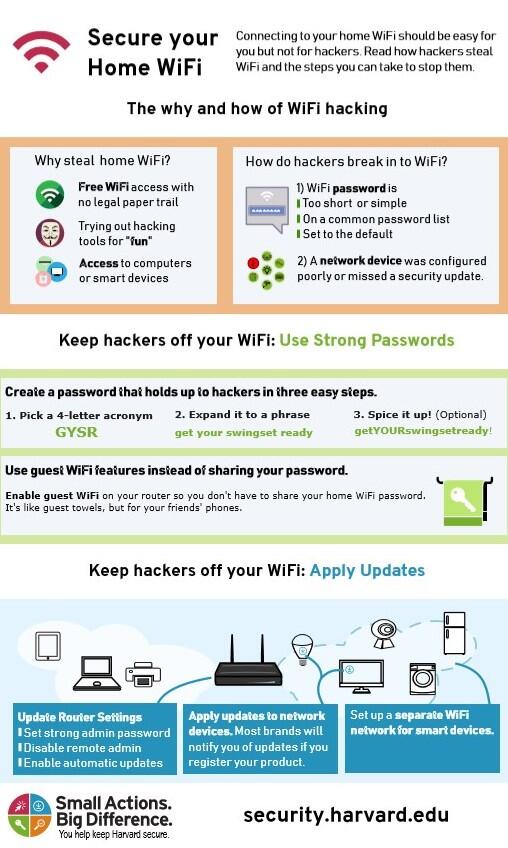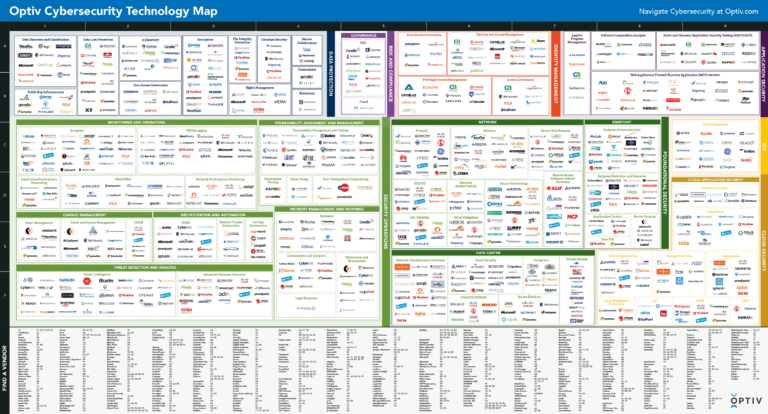Best Practices for Data Security Technology: Safeguarding Information in the Digital Era
In a world driven by digital transformation, protecting sensitive data has never been more critical. As businesses collect, store, and process vast amounts of information, the need for reliable data security technology is paramount. Cyber threats continue to evolve, and a single breach can result in severe financial and reputational damage. Whether you’re a small business, an enterprise, or an individual, understanding and applying the best practices for data security technology is essential for maintaining trust, compliance, and operational resilience. This guide outlines the strategies that make data protection stronger, smarter, and more effective.
Proactive Threat Detection Is the First Line of Defense
Modern data security begins with visibility knowing what’s happening across your systems in real time. Advanced threat detection tools powered by artificial intelligence and machine learning can monitor network activity, detect anomalies, and identify risks before they escalate. These tools go beyond traditional antivirus software by adapting to new attack patterns. Early detection minimizes response time and reduces the chance of data exposure. When integrated with security information and event management (SIEM) platforms, proactive monitoring becomes a key part of a comprehensive defense strategy.
Encryption Ensures Confidentiality Even if Data Is Breached
Encryption is one of the most fundamental and effective data protection methods. Whether data is in transit or at rest, encryption transforms it into unreadable code, accessible only with the correct key. Implementing strong encryption protocols like AES-256 ensures that even if hackers gain access to your data, they can’t exploit it. This applies to everything from cloud storage and internal databases to emails and mobile devices. Encryption not only protects sensitive data but also supports compliance with privacy regulations like GDPR, HIPAA, and CCPA.
Access Control: Limiting Exposure to Minimize Risk
Not everyone in your organization needs access to all data and controlling who sees what is vital. Role-based access control (RBAC) is a best practice that restricts access based on job responsibilities. This approach reduces the risk of internal threats and limits exposure if credentials are compromised. Adding multi-factor authentication (MFA) further strengthens security by requiring additional verification steps. Access should be regularly reviewed and updated, especially when employees change roles or leave the organization, to ensure that outdated permissions don’t become vulnerabilities.
Regular Updates and Patch Management Close Security Gaps
Cybercriminals often exploit outdated software and known vulnerabilities. To combat this, regular updates and patch management should be prioritized across all systems, applications, and devices. Automating updates where possible ensures your technology stack remains secure without relying solely on human oversight. It’s also important to stay informed about emerging threats specific to your industry or region, allowing you to apply targeted patches and security measures proactively. A consistent update schedule is a simple yet powerful way to keep your data security technology effective over time.
Employee Training: Building a Culture of Cybersecurity Awareness
Even the most advanced data security technology can be undermined by human error. Phishing attacks, weak passwords, and accidental sharing of confidential information remain leading causes of data breaches. That’s why ongoing employee training is a critical best practice. Staff should be educated on recognizing suspicious activity, creating strong passwords, and following data handling procedures. Regular simulated attacks and security drills can reinforce awareness. When your team understands the role they play in protecting data, they become your organization’s first line of defense.
FAQs
Why is encryption so important in data security?
Encryption ensures that even if data is accessed without authorization, it remains unreadable, providing an extra layer of protection against data breaches.
How can I ensure my team follows security protocols?
Regular training, clear policies, and simulated phishing exercises help employees stay alert and informed about best practices and threats.
What’s the role of AI in data security?
AI enhances threat detection by analyzing large volumes of data in real-time, identifying unusual behavior patterns, and flagging potential security risks faster than manual systems.
Is it enough to use antivirus software alone?
No. While antivirus tools are important, they should be part of a broader strategy that includes encryption, access control, monitoring, and user education.
How often should I review my data security policies?
Security policies should be reviewed and updated at least annually or more frequently if your business undergoes changes in infrastructure, regulations, or threat landscape.

